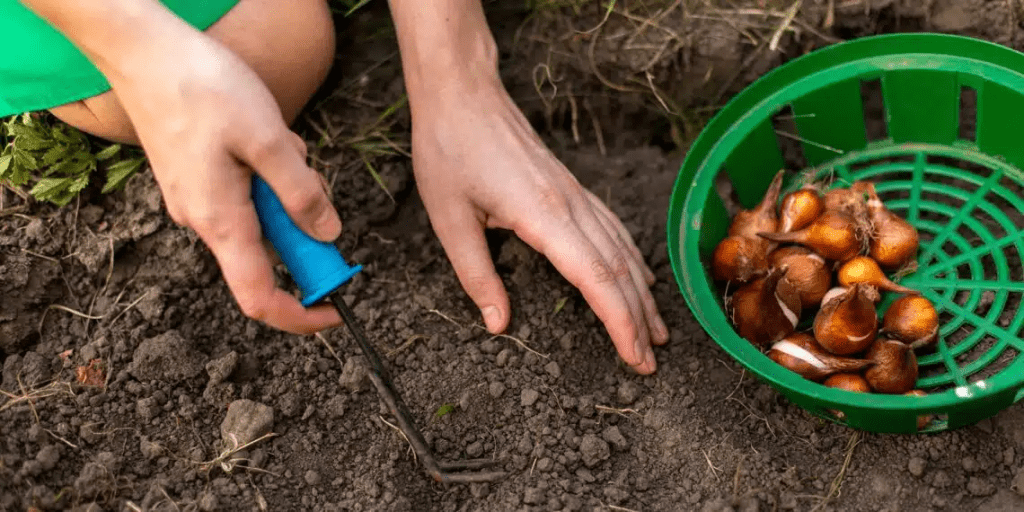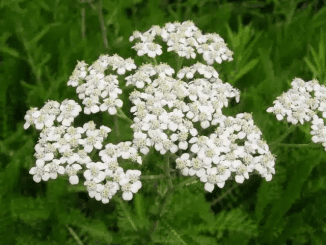
February is the perfect time to prepare your garden for a successful spring. While the weather may still be chilly in many areas, it’s a crucial month to lay the groundwork for a thriving garden.
By tackling key tasks now, you’ll set yourself up for a bountiful growing season. Here are six essential things you should do in February to ensure your garden flourishes in spring.
1. Plan Your Garden Layout
A well-thought-out garden plan is the foundation of a successful growing season. Take time in February to design your garden layout and choose what you’ll grow.
- Why It’s Important:
- Planning ensures you make the best use of your space and resources.
- Helps you rotate crops to prevent soil depletion and reduce pests.
- What to Do:
- Sketch out your garden on paper or use online tools to plan your layout.
- Research companion planting to optimize plant health and yields.
- Decide which seeds to start indoors and which to sow directly in the soil.
- Pro Tip: Consider your climate and growing zone when selecting plants. Choose varieties suited to your region for the best results.
2. Start Seeds Indoors
Starting seeds indoors gives your plants a head start and allows you to grow a wider variety of crops.
- Why It’s Important:
- Allows you to control the growing environment, ensuring strong seedlings.
- Gives you a jumpstart on the growing season, especially in colder climates.
- What to Do:
- Gather seed trays, pots, and a high-quality seed-starting mix.
- Choose seeds for crops like tomatoes, peppers, and herbs that need a longer growing season.
- Place seed trays near a sunny window or under grow lights for 12-16 hours daily.
- Pro Tip: Label your seed trays to keep track of what you’ve planted.
3. Prune Trees and Shrubs
February is an ideal time to prune many trees and shrubs while they’re still dormant.
- Why It’s Important:
- Pruning removes dead or diseased branches, improving plant health.
- Encourages new growth and shapes plants for optimal appearance.
- What to Do:
- Use clean, sharp pruning tools to make precise cuts.
- Focus on fruit trees, roses, and deciduous shrubs that benefit from winter pruning.
- Remove branches that cross or rub against each other.
- Pro Tip: Avoid pruning spring-flowering shrubs like lilacs and forsythia in February, as this can remove their flower buds.
4. Prepare Garden Beds
Preparing your garden beds in February ensures they’re ready for planting when spring arrives.
- Why It’s Important:
- Loose, nutrient-rich soil promotes healthy root development and plant growth.
- Reduces the risk of weeds competing with your plants.
- What to Do:
- Remove weeds and debris from your garden beds.
- Add compost, aged manure, or organic soil amendments to enrich the soil.
- Turn the soil with a garden fork or tiller to aerate and improve drainage.
- Pro Tip: Cover prepared beds with mulch or a tarp to protect them from erosion and keep weeds at bay until planting time.
5. Maintain Garden Tools
Well-maintained tools make gardening more efficient and enjoyable. February is a great time to clean, sharpen, and organize your gardening gear.
- Why It’s Important:
- Clean tools prevent the spread of diseases and pests.
- Sharp tools make pruning and digging easier and more precise.
- What to Do:
- Wash tools with soapy water and a brush to remove dirt and sap.
- Sharpen blades on pruners, shears, and shovels using a sharpening stone or file.
- Oil metal parts to prevent rust and check wooden handles for cracks or splinters.
- Pro Tip: Organize your tools in a designated space so they’re easy to find when the gardening season begins.
6. Plant Cool-Weather Crops
Depending on your climate, February is an excellent time to plant cool-weather crops directly in the garden or under protective covers.
- Why It’s Important:
- Cool-weather crops thrive in lower temperatures and can be harvested before summer heat sets in.
- Getting an early start means you’ll have fresh produce sooner.
- What to Do:
- Sow seeds for crops like spinach, lettuce, kale, radishes, and peas.
- Use row covers or cold frames to protect young plants from frost.
- Water seeds and seedlings consistently to keep the soil moist.
- Pro Tip: Check your local frost dates and planting calendar to ensure optimal timing.
Additional Tips for February Gardening Success
- Inspect Mulch Layers:
- Add fresh mulch to areas where it has thinned over the winter to regulate soil temperature and suppress weeds.
- Check for Pests:
- Look for signs of overwintering pests and remove any you find to prevent infestations.
- Plan Crop Rotation:
- Avoid planting the same crops in the same spot as last year to reduce the risk of soil-borne diseases and pests.
- Order Supplies Early:
- Stock up on seeds, soil amendments, and other gardening essentials before the spring rush.
- Plant Perennials:
- In warmer climates, February is an excellent time to plant perennials like berries, asparagus, and rhubarb.
Why February Prep Matters for a Great Spring Garden
Taking the time to prepare your garden in February gives you a head start on the growing season. By planning, pruning, planting, and maintaining your tools, you’ll create an ideal environment for your plants to thrive. The effort you put in now will pay off with lush, productive garden beds come spring.
Gardening success starts with preparation, and February is the perfect month to get ahead.
By following these six essential tips, you’ll set yourself up for a flourishing garden that brings joy and abundance all season long.
So grab your tools, get outside, and start planting the seeds—both literal and figurative—for a bountiful spring garden!


